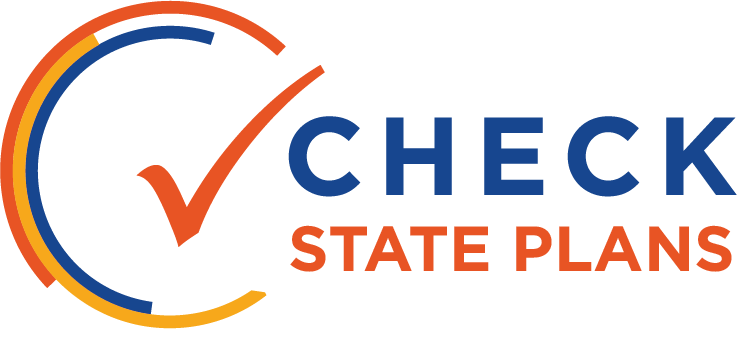
INDICATORS

Maryland’s plan outlines a menu of indicators that includes a mix of robust, objective measures next to comparatively weak, subjective and duplicative measures of performance—resulting in an overly complex system.
Among the stronger measures is the Academic Achievement indicator, which combines proficiency rates and average schoolwide performance. The state should be commended for planning to include proficiency on science and social studies assessments among its indicators, once it completes field testing for newly adopted instruments. And the state indicates plans to develop and add measures of readiness applicable to grades K-3 in the future.
However, the non-academic measures include some elements that are easy for schools to satisfy and seem unlikely to differentiate among schools, weakening the overall system’s ability to identify schools most in need of intervention.
For example, as part of its “Completion of Well-Rounded Curriculum” measure for elementary and middle schools, the state counts the percentage of 5th-grade students who pass social studies, arts, physical education, and health courses. It seems unlikely that many 5th-graders fail these courses, so these measures are unlikely to meaningfully differentiate among schools. Other indicators include chronic absenteeism, school climate (based on surveys), and access to well-rounded curricula (a measure of enrollment in various courses at each level). While chronic absenteeism and school climate measures could potentially add meaningful nuances to the system, the state should monitor data to ensure the measures truly add valuable information, and in the case of school climate survey data, produce valid and reliable data across schools and districts.
The access indicators are more problematic—overlapping with other, more robust indicators.
A finer measure of equity of access could focus on instructional opportunities where inequities are identified by data, potentially including gifted and talented services and enrollment across student subgroups in special programs and advanced courses.
At the high-school level, measures of access and completion of a well-rounded curriculum are stronger, focusing on indicators that translate to increased opportunity after high school, such as earned college credit, advanced career and technical education, and industry certification. These measures are not duplicated elsewhere in the system and provide markers of college and career readiness in alignment with state goals. However, the state should ensure that all options for satisfying this indicator, especially those like dual credit and completion of an apprenticeship that is not externally validated, are an adequate signal of postsecondary readiness.
Given the relative weakness of several of Maryland’s indicators, the state would be better served by a shorter list of stronger indicators.
A simpler system would be easier to explain to parents and the public and would prevent weak measures from diluting the impact on accountability scores of measures that contribute discrete information and truly differentiate among schools.
 OVERVIEW
OVERVIEW






